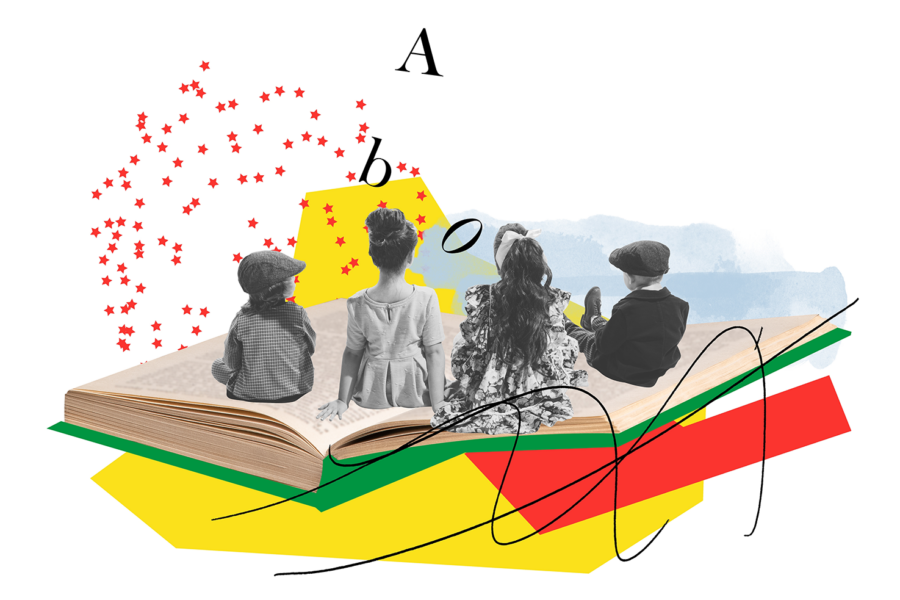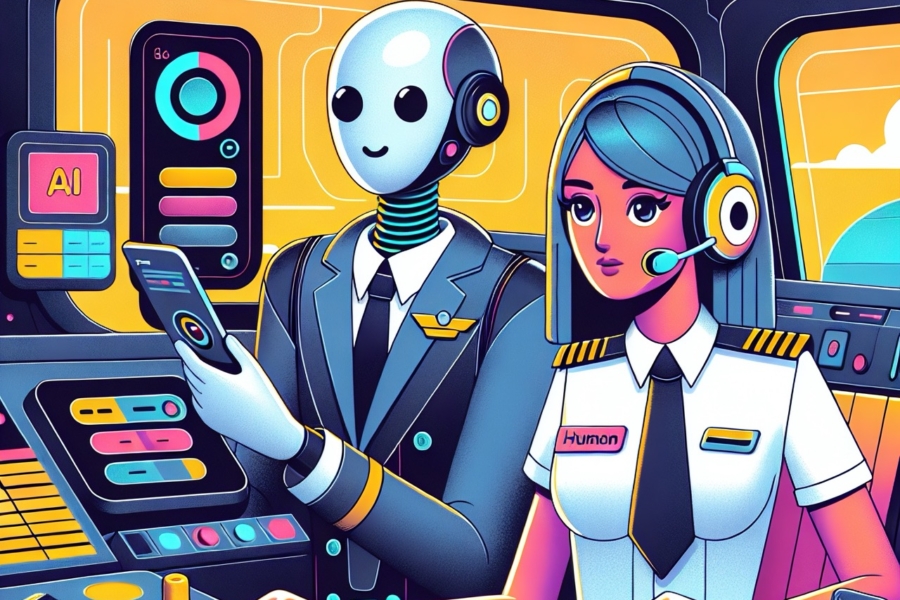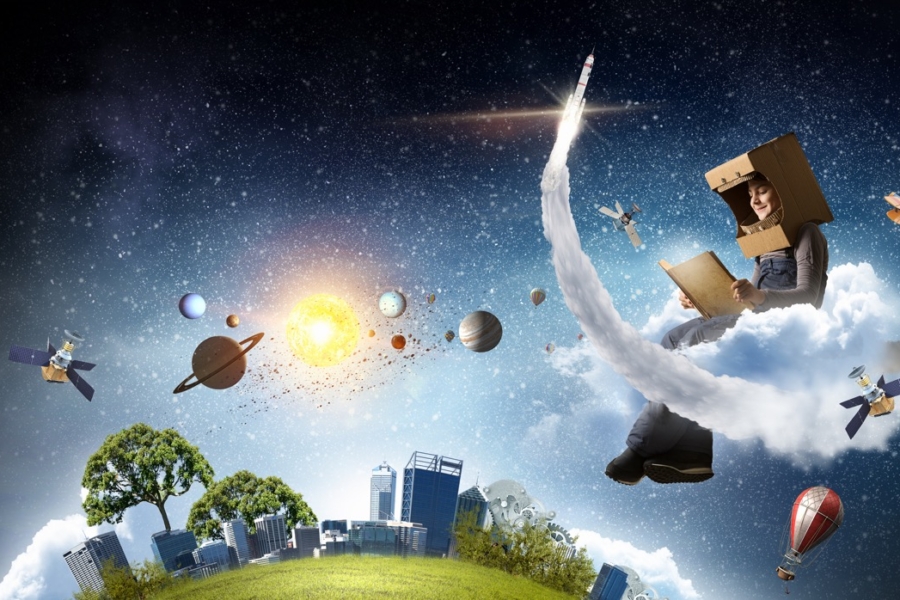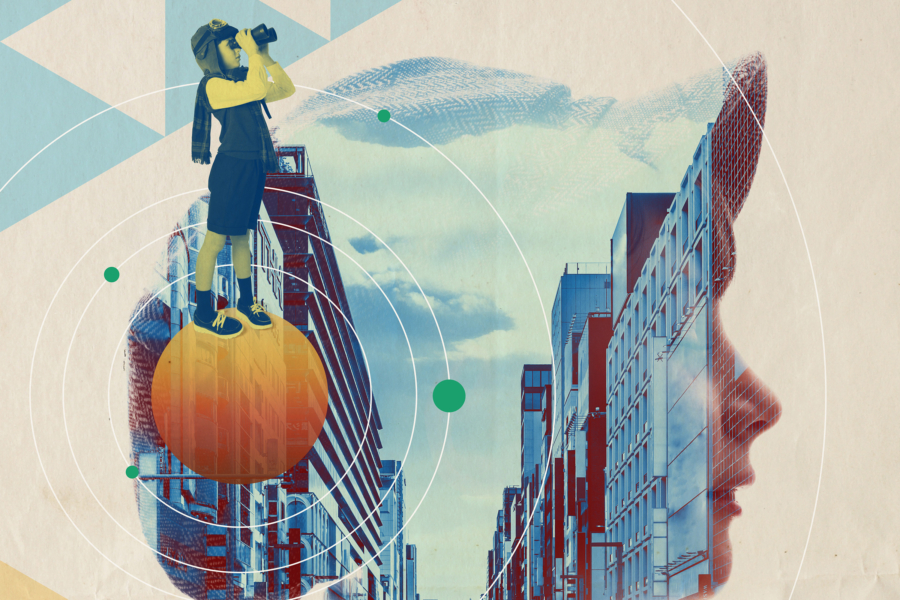Nearly every day in my job as an edtech investor I’m asked this question: Will AI replace teachers? Will the teaching profession go the way of the scribe, made obsolete by AI?
Generative AI is revolutionary and already having a major impact on how we learn. However, as with most technological advances in education, the answer to how AI will impact education is nuanced.
Most change is incremental. But occasionally there is a breakthrough invention that results in a new platform that is so meaningfully better that it becomes the new normal. And it happens fast. For example, when Nike released the Vaporfly tech, runners sponsored by other brands painted their shoes black to wear it in secret. So successful was this new shoe technology that Vaporfly has been involved in every major running victory or milestone since 2016. It’s the new platform.
History has taught us that breakthrough technologies that expand access to learning can have an enormous impact by enabling more people to lift themselves out of poverty and live more enriching lives. But these breakthroughs are often met with fear and resistance.
In 1450 Johannes Gutenberg invented the printing press. While Protestant leader Martin Luther declared it “the ultimate gift of God and the greatest one,” many argued vehemently against it. In fact, a group of Genoan scribes filed a petition to outlaw the press, claiming this new technology had no place in society. The educated elite feared that allowing the masses to become literate would threaten social and religious norms. The Catholic Church leaders saw printing as a direct challenge to their authority.
What happened next had a ripple effect through to today. The scribes lost their case, the printing presses proliferated and literacy spread rapidly. Even the uneducated poor were hovering over their “chapbooks” reading poetry and fiction and growing their circles of empathy for those beyond their village. The platform shift sparked by the printing press led to societal changes — historians often draw a line between the dissemination of literacy to the Renaissance and the democratic revolutions grounded in Enlightenment ideals.
Today, concerns around AI center around its potential displacement of jobs and entire industries. What happened to Chegg’s stock last week, after reports that students were churning in favor of ChatGPT, is a harbinger of what may be coming for others.
When the objective is to guide a student individually through learning a concept, today’s generative AI tools are good enough or getting close. Khanmigo, the GPT 4-powered assistant from Khan Academy, is an excellent example. It’s capable of Socratic dialogue in a delightful tone. Sal Khan, one of the world’s most prolific and scaled teachers, himself noted that AI can teach coding better than he can. Even something as technical as reading can be taught by AI if it is trained on the science of reading. It won’t be long before the AI tutors will have warm and empathetic voices encouraging early readers to look for the silent ‘e’.
One of the most often cited research underpinnings for personalized learning software of yesteryear, and now resurfacing in pitches for AI tutors, is Benjamin Bloom’s 2 Sigma Study, published in 1984. It’s tempting to jump to the conclusion: personal tutoring had the greatest effect (two standard deviations) on student learning. But what most gloss over is that the study involved one-on-one human tutoring.
At the heart of this issue is that we are still humans with real biological limits and realities. One of those immutable truths is that we develop in ways that bind us to each other. We are social animals and still learn best through human interaction. This is true across all ages but especially so during specific developmental periods. For example, from age 0-5 developing brains are tuned for language acquisition; from 13-18, teenage brains have heightened sensitivity to peer social approval.
Study after study point to the benefit of human interaction during learning. Dr. Patricia Kuhl, one of the leading researchers in social learning, has outlined a series of research on why learning outcomes are better in the context of social engagement — from biological theories on human pheromones and heightened arousal/attention in the presence of other humans, to social cues like eye gaze, gesturing and head turning as important physical cues for the brain to direct attention. Our brains are uniquely primed to learn from and with other humans.
Abundant research suggests the ways in which adults speak to babies correlate with vocabulary acquisition and academic trajectories later in life. For example, babies learn language more effectively when parents speak in “parentese” which involve exaggerating syllables, speaking in higher tones and raising eyebrows.
Adults too have shown gains when learning is interactive in a social context, but the research is more mixed. The pandemic provided opportunities to study the effects of different learning modalities. In a 2021 study published in Science, adults were found to better recall and learn new information when online learning happened via live interactions with a teacher’s face present.
There are many more arguments to be made about the benefits of learning in a social environment that aren’t about squeezing every last ounce out of optimizing learning — reasons grounded in moralism, democracy and other ideals about the society we want to live in. Maybe they are best captured by little Margie in Isaac Asimov’s 1951 short story called “The Fun They Had” in which a brother and sister in the far future complain about being schooled by mechanical robot teachers in their bedrooms:
“Margie was thinking about the old schools they had when grandfather’s grandfather was a little boy. All the kids from the whole neighborhood came, laughing and shouting in the schoolyard, sitting together in the schoolroom, going home together at the end of the day. They learned about the same things so they could help one another on the homework and talk about it.”
For these reasons, I hope more AI developers go first to the scientific research to understand the biology of learning and create tools that are sensitive to brain development and engagement, especially for our children. What’s happened to many teens with social media today should serve as a lesson on the deleterious consequences of uninformed pursuits.
So instead of AI replacing teachers, my hope is that the proliferation of AI tutors will end busywork, reporting, hours of grading, and ultimately elevate the human social learning experience to something considered valuable, special and to be protected. The top 10% of teachers who lead these experiences should be sought after and valued like never before. We are in the midst of an education platform change with the potential to once again dramatically improve the accessibility of learning. More than ever, we need educators front-and-center: in classrooms and in applying AI in ways that enhance — not replace — human interaction and social learning.
A special thank you to Tony Wan for your partnership and always insightful feedback and edits.






